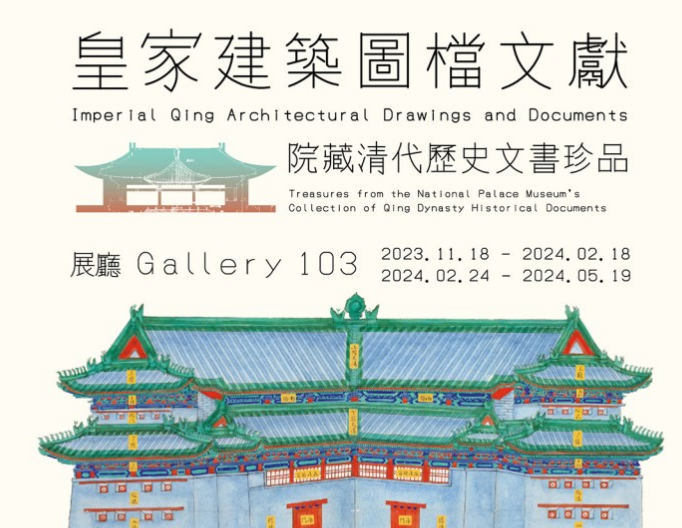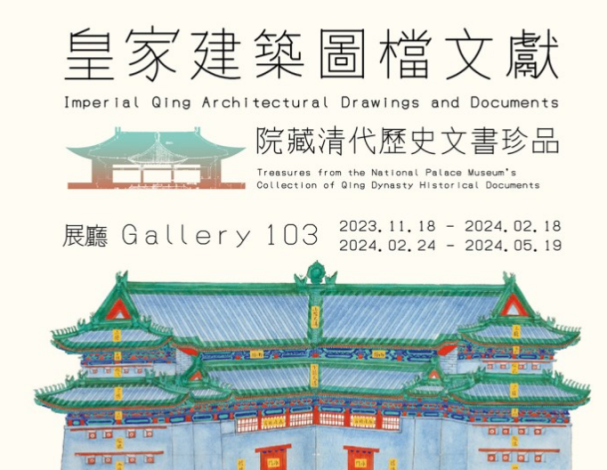Imperial Qing Architectural Drawings and Documents
Treasures from the National Palace Museum’s Collection of Qing Dynasty Historical Documents By tradition, the living spaces of emperors and empresses were meticulously planned out and constructed. The government offices involved in the planning had well-defined roles: surveying, measuring, making designs, estimating materials, construction, and inspection. During the Qing Dynasty, imperial residences showcased unique architectural features, following Han architectural traditions and incorporating Manchu customs. Every aspect was carefully controlled, from the planning of the palace for governance and the management of gardens for leisure to the construction of temples for worship and blessings and the building of mausoleums for eternal resting places. The exhibition is divided into three sections. Imperial Architectural Drawings highlights selected files with imperial architectural patterns from the museum’s Qing Dynasty collection. Imperial Architects—The Lei Style introduces important members of the Lei family and their architectural designs. Classical Architecture in Modern Taiwan explores the continuation of traditional classical architecture in Taiwan, providing insights into significant works of cultural representation.


![Taiwan.gov.tw [ open a new window]](/images/egov.png)
